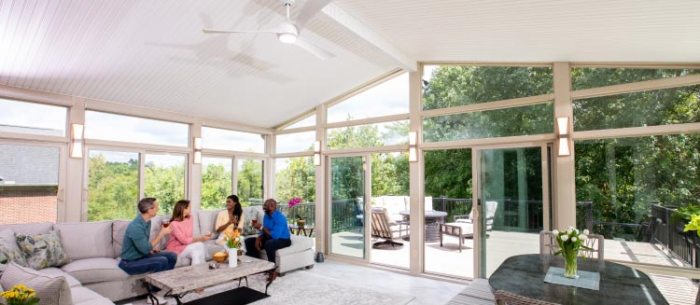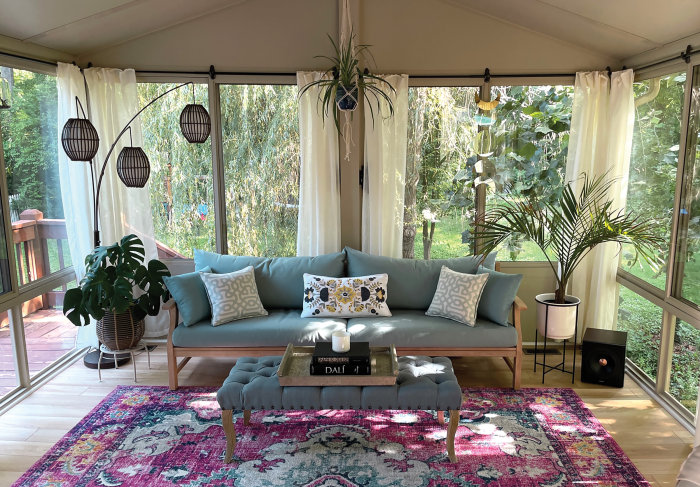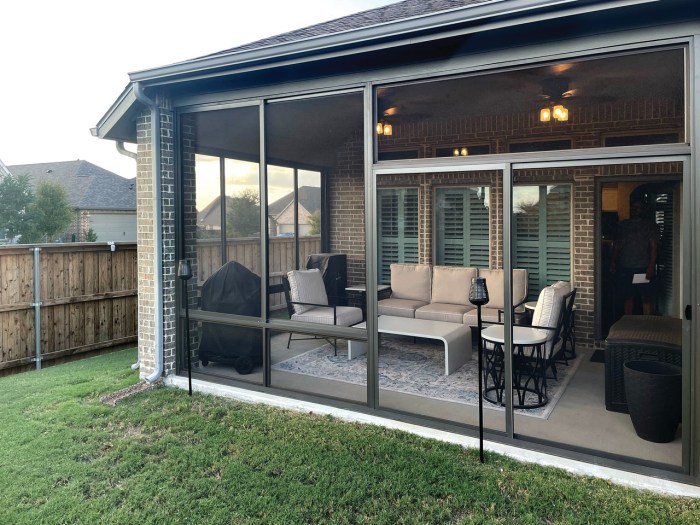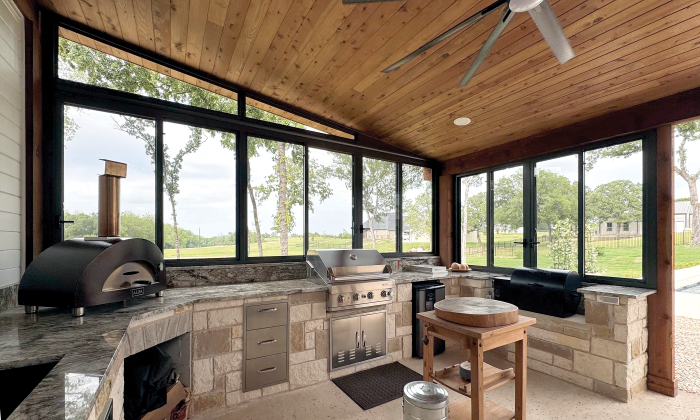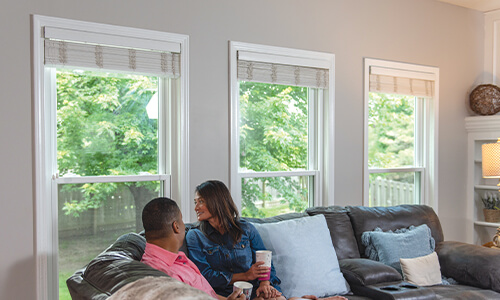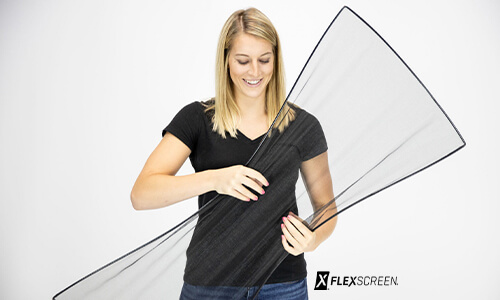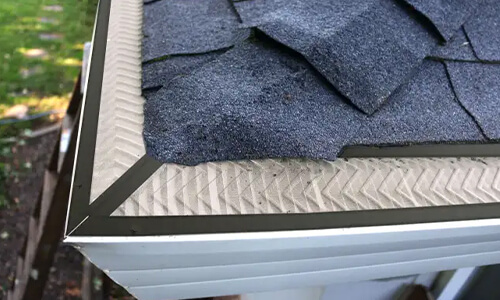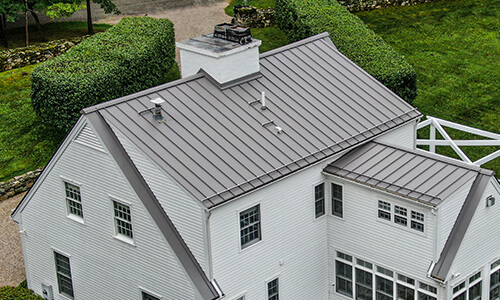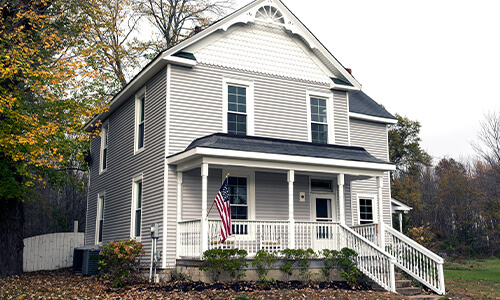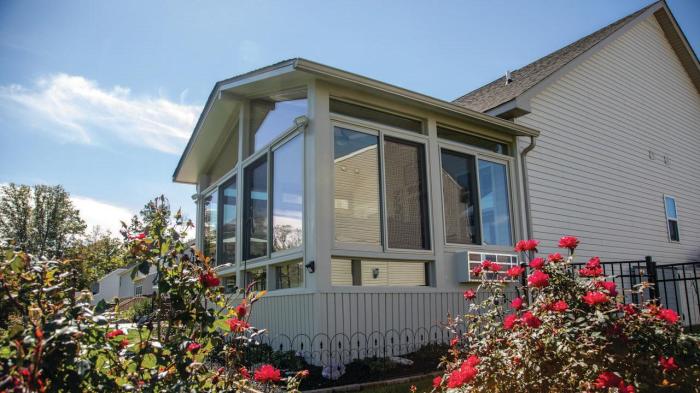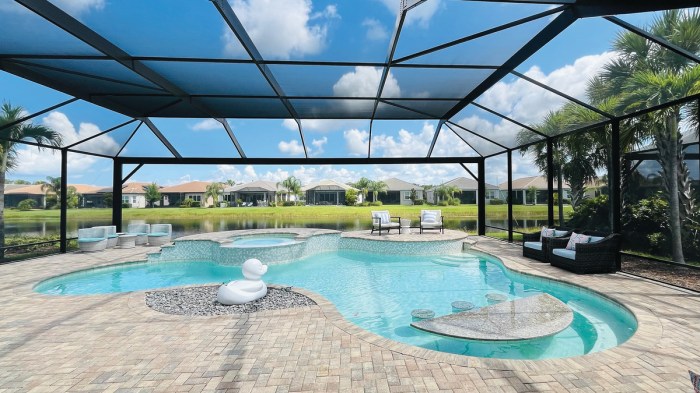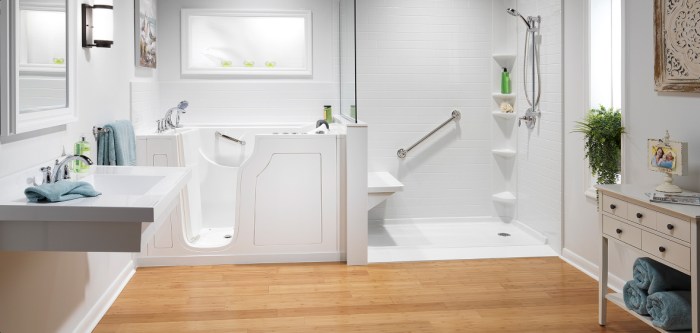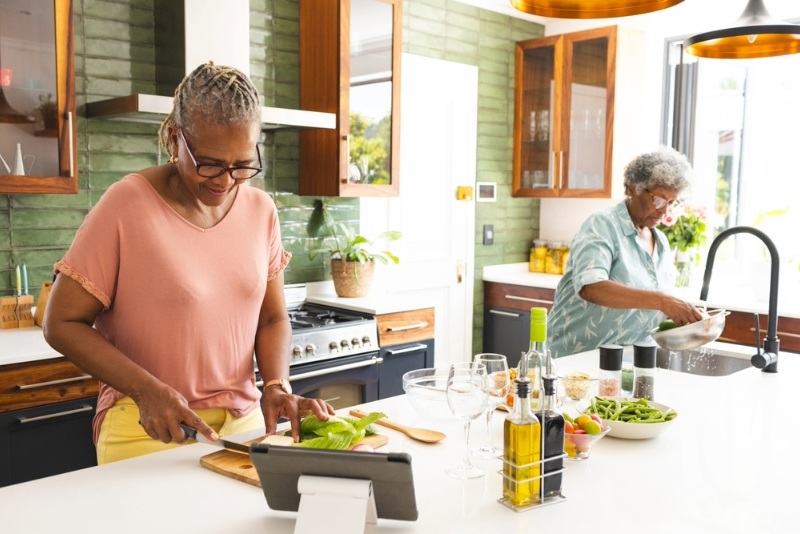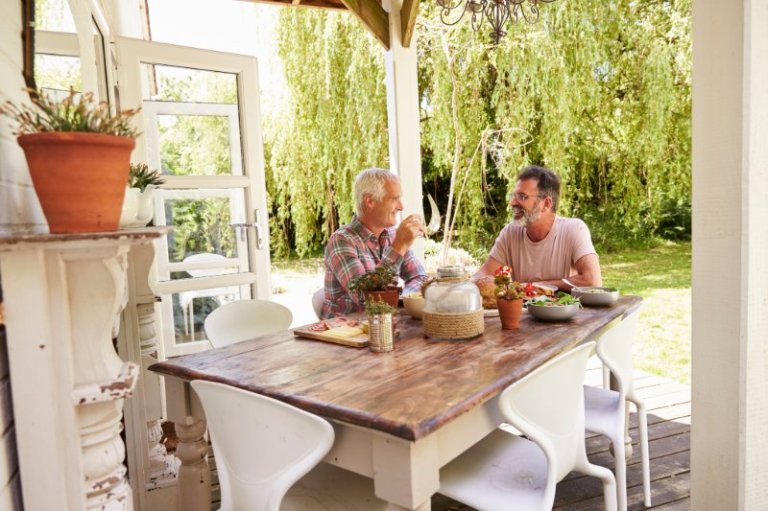Think about a mom chasing her toddler around the house. Every day, she hauls a stroller up a steep flight of stairs, squeezing into a narrow back door. She regularly stubs her toe stepping up into the tub to catch her child before they slip in the water. Her tall kitchen island feels mile-high to her toddler, who can’t quite sit at the countertop without toppling over.
Everything that had once seemed livable now feels like an obstacle course, tripping hazard, or falling risk. It’s moments like these—temporary or permanent, expected or not—that make us think: What if my home was designed to work better for me?
That’s where universal design comes in.
If you’ve never heard the term before, you’re not alone. Many people assume that home design is either “normal” or “accessible”—but universal design bridges that gap. It’s a smart, proactive way of designing homes that work for everyone, regardless of age, mobility, or ability.
In this post, we’ll unpack what universal design really means, who it’s for (spoiler: everyone), and how Great Day Improvements brings these forward-thinking ideas to life with style, empathy, and expertise.
What is Universal Home Design?
In the world of home improvement, universal design means crafting environments that are usable by all people, to the greatest extent possible, without the need for adaptation or specialized design.
It’s guided by seven core universal design principles, as outlined by a group of architects and engineers at North Carolina State University in 1997. These principles include:
- Equitable use
- Flexibility in use
- Simple and intuitive operation
- Perceptible information
- Tolerance for error
- Low physical effort
- Size and space for approach and use
In practical terms, universal home design often translates to features like zero-step entryways, wider doorways, adjustable-height counters, and intuitive lighting—designs that blend seamlessly into beautiful homes, rather than standing out as “special needs” accommodations.
It’s About Inclusivity, Not Just Accessibility
A common myth is that universal design is only meant for older adults or individuals with disabilities. But the reality is, universal design is an inclusive remodeling strategy that proactively supports everyone.
It can be as simple as making it easier to bring in groceries, with fewer steps and wider doors. Or consider how much more convenient a barrier-free shower is after a knee surgery or even a long workout. Or perhaps an inclusive home design makes it easier to serve dinner guests, with open-concept rooms or passthroughs from the kitchen to the dining room.
Universal design features aren’t just about accommodating limitations—they’re about planning for real life, making things smoother for everyone who lives in or visits your home.
Who Benefits from Universal Design?
Multigenerational Households
You might be familiar with today’s Sandwich Generation—a large population of middle-aged Americans who are living with and caring for their children and elderly parents at the same time.
As more families live together across generations, homes must adapt to meet diverse physical needs. Grandparents may need wall railings or wider hallways, while young children benefit from soft corners and intuitive layouts.
Aging Homeowners Planning Ahead
Universal design supports aging in place home design by removing future barriers—literally and figuratively. Homeowners can have peace of mind knowing their space will remain livable, even as mobility needs evolve.
That might mean removing stairs or replacing them with ramps, improving lighting in dimly lit areas, or improving safety measures in bathrooms.
Families With Changing Needs
Whether it’s recovering from surgery, welcoming a new baby, or navigating a short-term disability, universal design makes big life transitions easier. Even if it’s just a temporary phase, barrier-free home improvement sets families up for success—no matter what they’re going through.
Everyone
Ultimately, everyone benefits from smarter, more accessible spaces. Universal design is about designing for diversity, not just disability.
The goal? Regardless of age, ability, or mobility, our homes should be built to support our needs, not impede them.
Curious how universal design looks in real homes? Browse our gallery to see how accessible can still mean beautiful.
Popular Universal Design Upgrades
Walk-In Showers and Barrier-Free Bathrooms
A barrier-free home improvement favorite: zero-threshold showers with built-in benches and handheld nozzles. These make bathing safer and more comfortable—without sacrificing style. (Trust us, you’ll feel like you’re at the spa every time you set foot in your bathroom!)
A well-planned accessible bathroom remodel also includes:
- Lever-style faucets
- Grab bars that double as towel racks
- Non-slip flooring
Multi-Level Counters and Cabinet Access
Cooking and entertaining are hard enough without your home environment getting in the way. That’s why universal kitchen design is all about flexibility, making it easier to access all of the tools and appliances you need to succeed.
Think: pull-out shelves, drawer microwaves, and multi-height workspaces that let everyone—from kids to grandparents—participate in meal prep.
Widened Doorways & Smart Entry Systems
Zero-step entryways and wide doors create a welcoming space for wheelchairs, strollers, and big grocery hauls. Add keyless or voice-activated entry systems for hands-free convenience and added security.
Smart Home Tech and Automation
Remember that ‘90s movie, Smart House? Well, these days we have just about enough technology to make that vision a reality.
From smart lighting to voice-controlled thermostats to motion-sensor faucets, automation makes life easier, safer and more enjoyable for all users. It’s not just about having the fanciest new gadgets—it’s about leveraging the latest tools to make your home environment more accessible and welcoming to all.
Why Choose a Professional to Implement Universal Design?
Safety, Permitting & Customization
Installing a walk-in shower or widening a hallway may sound simple, but they require a deep understanding of both design principles and construction logistics. A professional ensures your renovation is safe, up to code, and truly customized to your needs.
How Great Day Improvements Brings Universal Design to Life
At Great Day Improvements, we believe your home should support your life—not the other way around. That’s why we approach universal design home renovation with expertise, empathy, and future-focused vision.
Whether you’re just starting to think about inclusive remodeling or ready to go all-in, our team will:
- Work closely with you to understand your current and future needs
- Recommend solutions that are both stylish and functional
- Handle all permits, planning, and execution with care
With brands like The Bath Authority and Your Home Improvement Co. under our umbrella, you’ll have access to countless experts that can bring universal design to your home—whether you’re tackling your bathroom, kitchen, lighting, or other areas.
Explore the professional services we offer to see how we turn your dreams into reality.
Final Thoughts: Building a Home That Works for Everyone
Universal design isn’t a trend. It’s a thoughtful, proactive approach to living well—now and in the future. Whether you’re planning to age in place, making your home more welcoming to loved ones, or simply want to streamline your daily life, universal design makes it possible.
At Great Day Improvements, we’re proud to help homeowners design homes that are as functional as they are beautiful. Ready to build a space that supports your whole life? Let’s make it happen.
Bring comfort and safety together with a home built for all stages of life. Get your free quote and start planning with a pro.
Frequently Asked Questions (FAQs)
Is universal design the same as accessible design?
Not exactly. While both prioritize ease of use, accessible design typically addresses the specific needs of people with disabilities. Universal design goes further—creating spaces that are usable by everyone, regardless of age, ability, or physical condition. It’s about inclusivity, not just compliance.
Can universal design still look stylish?
Absolutely. Modern universal design blends beauty with function. Features like walk-in showers, smart lighting, and multi-level counters can be seamlessly integrated into any aesthetic—from traditional to contemporary—without sacrificing style.
Is universal design only for older adults or folks with disabilities?
Nope! Universal design benefits all homeowners. It’s ideal for young families, multigenerational households, people recovering from injuries, and anyone who wants their home to adapt to changing needs over time.
Does adding universal design features increase my home’s value?
Yes. Incorporating universal design can make your home more attractive to a broader range of buyers and improve resale value—especially as demand grows for homes that support aging in place and multigenerational living. Compare universal design to other renovation strategies to find out what adds the most value to your home.
How do I get started with a universal design renovation?
Start by consulting with professionals who understand both the principles of universal design and the construction expertise required. Explore the professional services we offer, or get a free quote to talk with one of our experts about your goals.






















